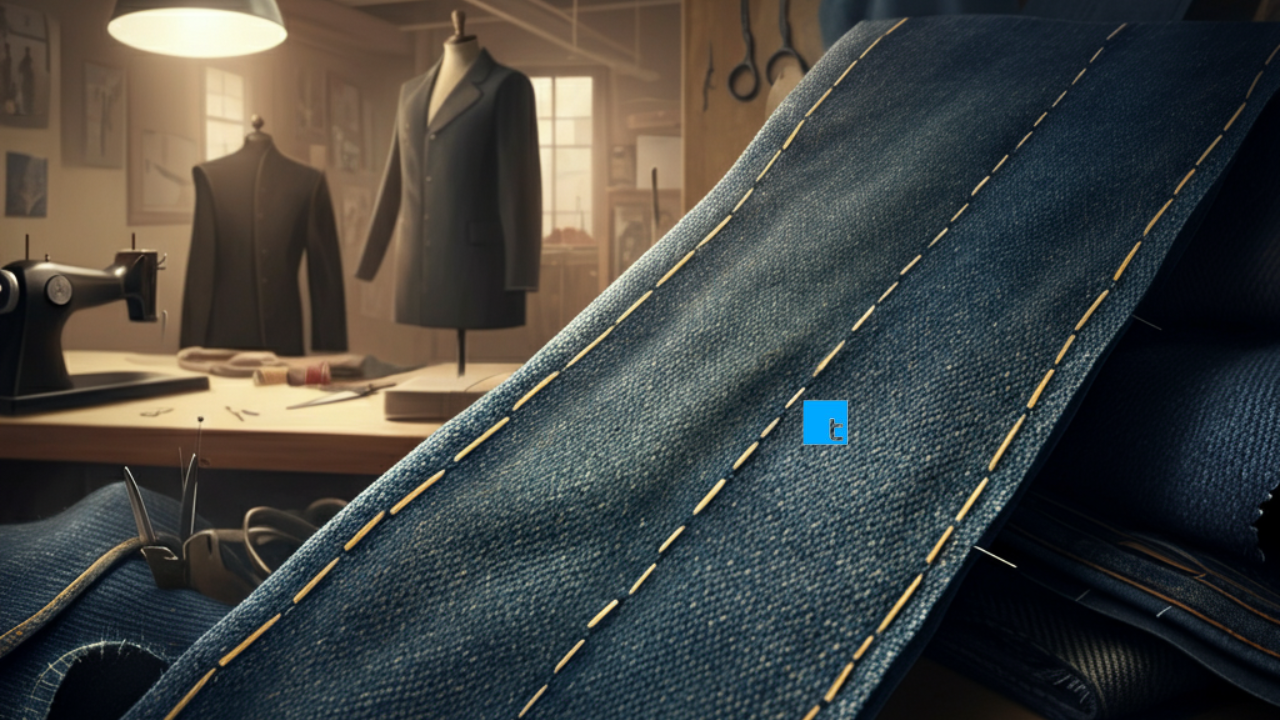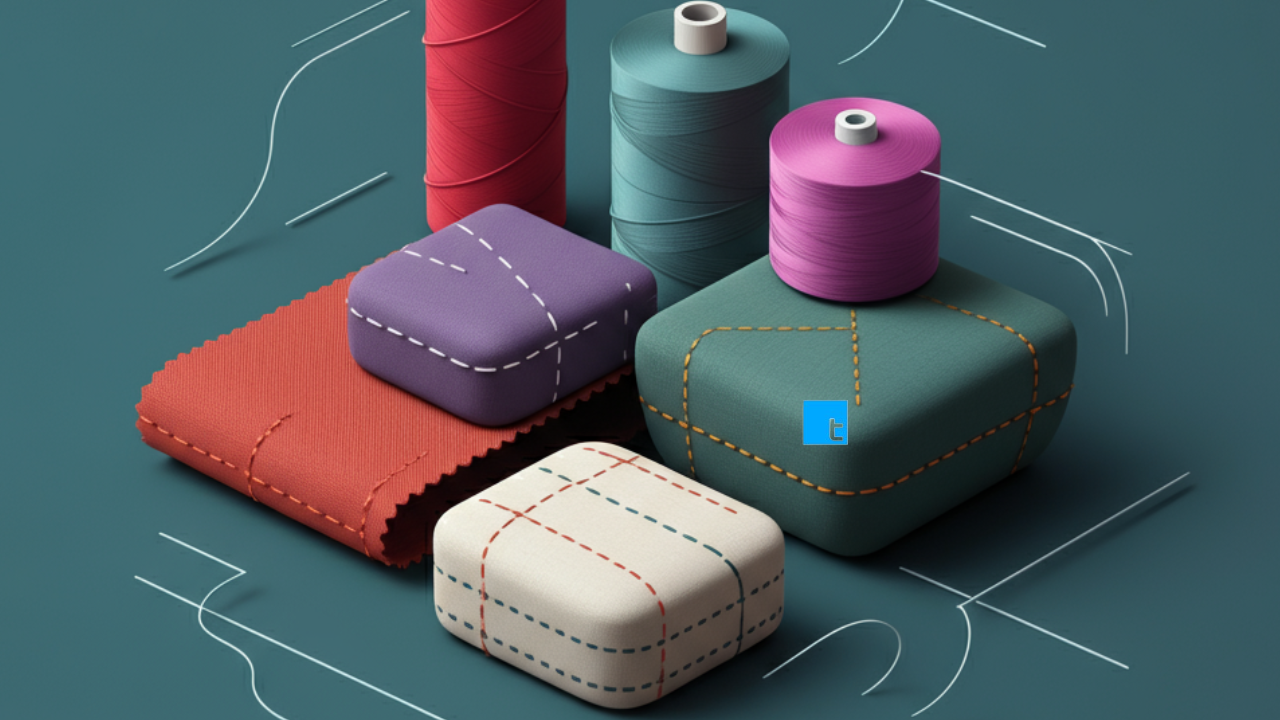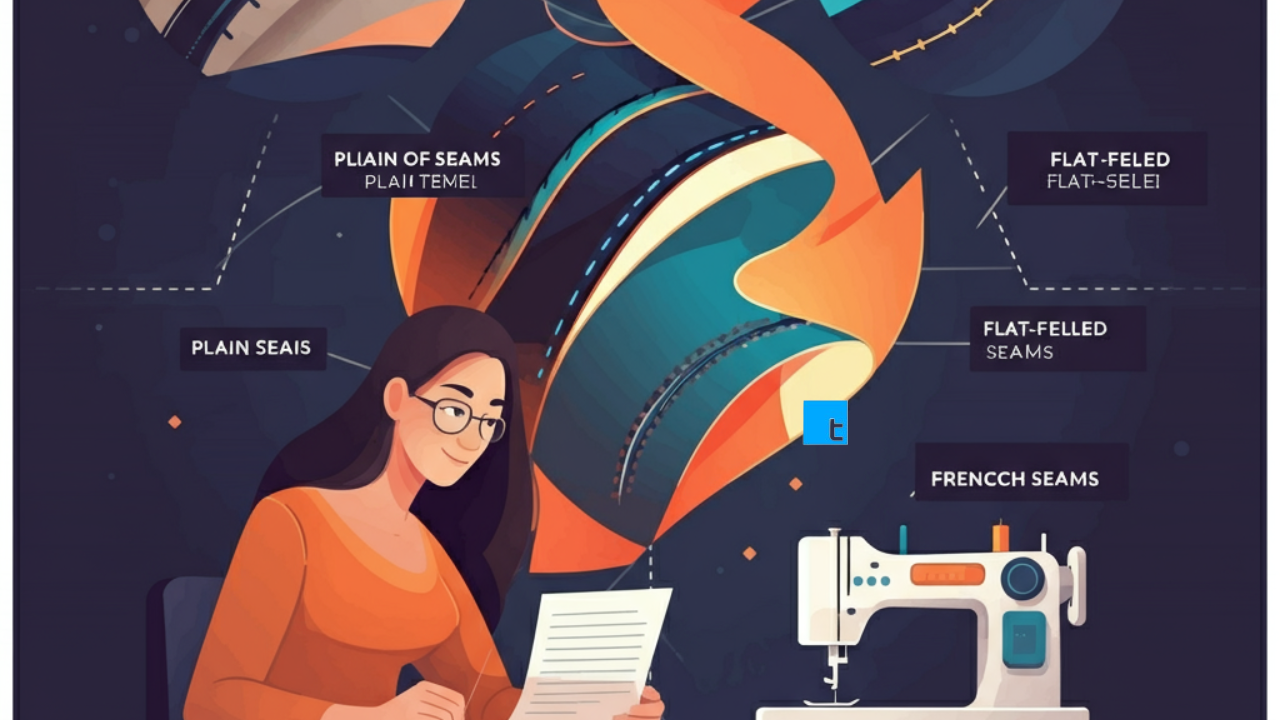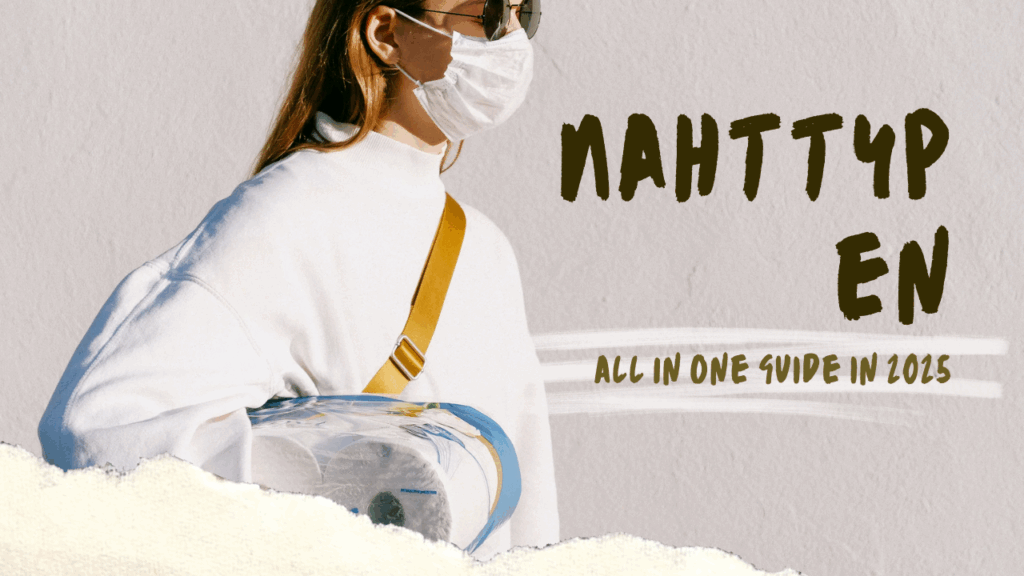When it comes to textiles, understanding different types of seams (Nahttypen) is critical for ensuring durability, functionality, and aesthetics in a finished product. Seams are the backbone of any textile assembly, with common types including plain seams, flat-felled seams, and French seams. Each type offers distinct advantages and is selected based on the fabric type, intended use, and desired appearance of the product.
For instance, plain seams are versatile and widely used in everyday garments, while flat-felled seams provide extra strength and are ideal for denim and workwear. French seams, on the other hand, deliver a clean, polished finish, making them ideal for lightweight, delicate fabrics. By selecting the right seam for a project, manufacturers and designers ensure that the textile not only performs effectively but also meets high aesthetic standards.
What Are Nahttypen?
Nahttypen, or “seam types” in English, refer to the various ways fabric pieces are joined together to create structure and shape in garments. A seam is the foundation of any textile product, serving both functional and aesthetic purposes. For example, if you examine the inside of your favorite t-shirt, you will notice the stitched lines that hold the fabric together—these are seams. They are essential for giving clothes their form and allowing them to contour naturally to our bodies. Without seams, clothing would simply consist of flat, unwearable pieces of fabric. By selecting the appropriate seam type, designers and manufacturers can enhance the durability, comfort, and appearance of a garment to meet diverse needs.
Seams not only serve functional purposes in clothing, but they also play a crucial role in the overall design aesthetic. Different types of seams can create different visual effects and add unique detail to a garment. For example, a flat-felled seam is commonly used on denim jeans for its strength and rugged appearance, while a French seam adds an elegant finish to lightweight fabrics.
Aside from clothing construction, seams are also important in other industries such as furniture making, automotive manufacturing, and even medical textiles. In these fields, seams are used for similar reasons – to provide structure and durability to products. With the advancement of technology, there are now various techniques for creating seams in garments.
Common Types of Seams
Plain Seam
The plain seam is like the superhero of seams – it’s used everywhere! When you put two pieces of fabric together and sew a straight line, that’s a plain seam. Look at the sides of your t-shirt or the bottom of your curtains. You’ll probably find plain seams there. They’re simple but very useful.
French Seam
French seams are fancy and neat. They hide all the rough edges inside. If you look at a French seam from the outside or inside, you won’t see any messy threads.
These seams are often used in:
- Sheer or see-through fabrics
- Nice shirts and blouses
- Fancy dresses
Flat Felled Seam
This is a super strong seam. It’s what makes your jeans so tough! The seam is sewn twice, which makes it extra strong. Flat felled seams look like two rows of stitching on the outside. They’re great for clothes that get a lot of pulling and stretching.
Overlocked Seam
Overlocked seams have a special zigzag stitch that wraps around the edge of the fabric. This stops the fabric from fraying or coming apart. If you look inside many of your clothes, you might see these zigzag stitches along the edges. They keep your clothes looking nice wash after wash.
French Seam
French seams are a type of seam used for delicate fabrics or to give a clean finish on the inside of garments. They involve sewing the wrong sides together first, then flipping the fabric over and sewing again to hide the raw edges. This creates a neat and professional look that is perfect for formal wear or lightweight fabrics like silk or chiffon.
Flatlock Seam
Flatlock seams are commonly used in activewear and sportswear. They are created by overlapping two layers of fabric and stitching them together with a special flatlock machine. This results in a flat and strong seam that allows for maximum stretch without breaking. These seams are often seen on leggings, athletic tops, and swimwear.
French Seam
French seams are another type of seam used to create a clean finish on both sides of the fabric. This technique is commonly used on delicate fabrics or sheer materials where raw edges may be visible. To create a French seam, the fabric is sewn together with wrong sides facing first, then trimmed and turned inside out before being stitched again with right sides facing. This creates a strong and elegant seam that is perfect for lingerie, blouses, and lightweight dresses.

Hong Kong Seam
Hong Kong seams are similar to French seams in that they enclose the raw edges of the fabric for a clean finish. They originated in traditional Chinese dressmaking techniques and are still.
How Nahttypen Are Made
The creation of Nahttypen, or seam types, involves careful planning and precise execution to suit both the material and the intended purpose of the garment. The process begins with selecting the appropriate seam type based on the fabric’s weight, texture, and the design specifications. For instance, delicate fabrics like silk or chiffon often require French or Hong Kong seams to prevent fraying and maintain a polished appearance.
Once the seam type is chosen, the fabric pieces are cut accurately to ensure proper alignment during stitching. The edges may be pretreated, such as by using pinking shears or applying seam tape, to further enhance durability. The stitching itself requires a steady hand and attention to detail, with the use of high-quality threads and proper tension adjustment on the sewing machine. After sewing, seams are typically pressed with an iron to lay flat and secure the stitches. The meticulous crafting of Nahttypen ensures both the structural integrity and aesthetic finish of the garment.
The importance of proper stitching technique cannot be overstated in the world of fashion and garment construction. A well-sewn seam not only adds durability to a garment, but also creates a clean and professional finish. As mentioned earlier, there are various techniques and types of stitches used in sewing. For example, a French seam is commonly used for delicate fabrics, while flat-felled seams are popular in denim and heavy-duty garments.
In addition to the type of stitch used, the quality of materials plays a crucial role in achieving strong and durable seams. High-quality threads that match the fabric’s weight can prevent breakage or unraveling over time. Proper tension adjustment on the sewing machine ensures that all layers.
Nahttypen in Different Clothes
The choice of seam types varies greatly depending on the type of fabric, garment design, and intended usage. Selecting the appropriate seam type ensures the garment’s durability, comfort, and aesthetic appeal. Below is a comparison of common seam types used in different types of clothing:
| Seam Type | Common Usage | Characteristics |
| French Seam | Fine fabrics like chiffon, silk, or organza | Encloses raw edges completely, providing a clean, delicate finish. Suitable for lightweight, sheer garments. |
| Flat-Felled Seam | Denim, workwear, and activewear | Extremely durable and strong, with raw edges enclosed. Ideal for garments requiring heavy wear. |
| Overlocked Seam | Stretch fabrics like knits and jersey | Provides flexibility and prevents fraying. A popular choice for casualwear and stretchy clothing. |
| Bound Seam | Outerwear and high-end garments | Encases raw edges with ribbon or bias tape, offering an elegant, high-quality finish. |
The specific seam type used not only affects the garment’s durability but also its overall comfort and appearance, making it essential to consider fabric type and usage during the sewing process.
It’s also important to note that certain seams may be more suitable for specific body types or clothing styles. For example, a flat-felled seam is commonly used in denim garments due to its durability and classic appearance, while a French seam is often seen in delicate fabrics like silk to create a clean and refined finish.

In addition to the type of seam used, the construction method can also greatly impact the quality and longevity of a garment. For instance, a single-stitch seam may not be as strong as a reinforced double-stitch seam. Understanding these differences and choosing the appropriate seam type and construction method can result in a well-made garment that stands the test of time.
Aside from functionality and aesthetics, choosing the right materials for a garment is also important. Natural fibers like cotton, silk, and wool are often preferred for their breathability and comfort, while synthetic materials like polyester and nylon offer durability and ease of care.
However, it’s important to note that not all materials are created equal. Synthetic materials may be cheaper and easier to care for, but they can also have negative environmental impacts and potential health hazards. Natural fibers may require more maintenance, but they can be biodegradable and hypoallergenic. When choosing materials for a garment, it’s important to consider factors such as durability, comfort, sustainability, and personal preferences. Keeping these in mind can result in a well-made garment.
Taking Care of Clothes with Different Seam Types
Different seam types, or Nahttypen, play a significant role in the longevity and maintenance of garments. Understanding how to care for clothes with varied seam constructions ensures both durability and comfort over time. For instance, garments with flat-felled seams, common in denim and sturdy outerwear, may require gentler washing methods and reduced abrasion to maintain their integrity. On the other hand, French seams, often found in delicate fabrics, benefit from hand washing or using a laundry bag to prevent fraying or weakening.
It’s also critical to pay close attention to the thread type used in the seams. Synthetic threads may endure high washing temperatures, while natural threads could demand cooler water and more delicate handling. Regular inspection of seam areas for loose threads or wear can prevent further damage and extend the garment’s lifespan. With proper care tailored to each seam type, you can preserve the quality and appearance of your clothing for years to come.


